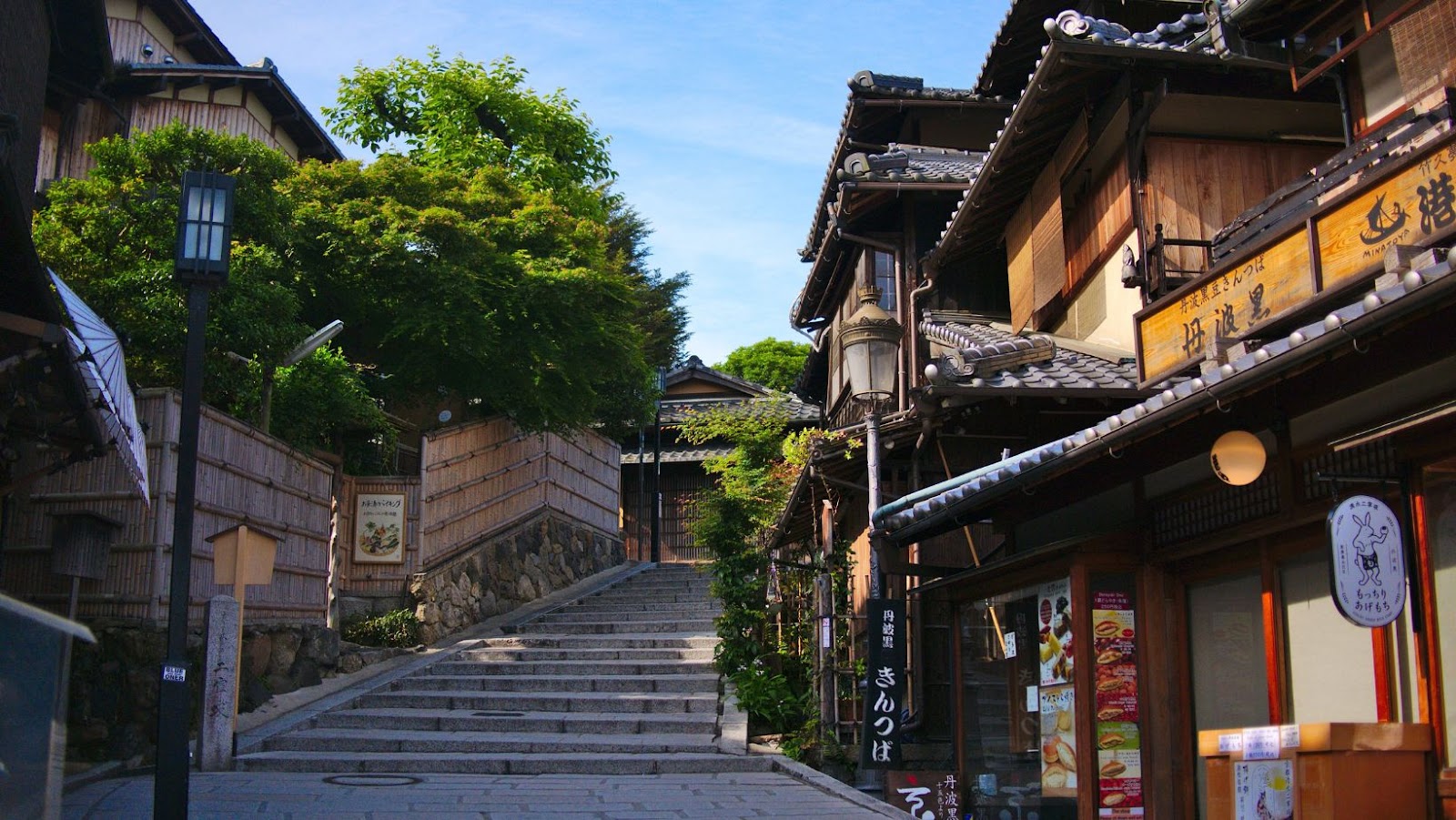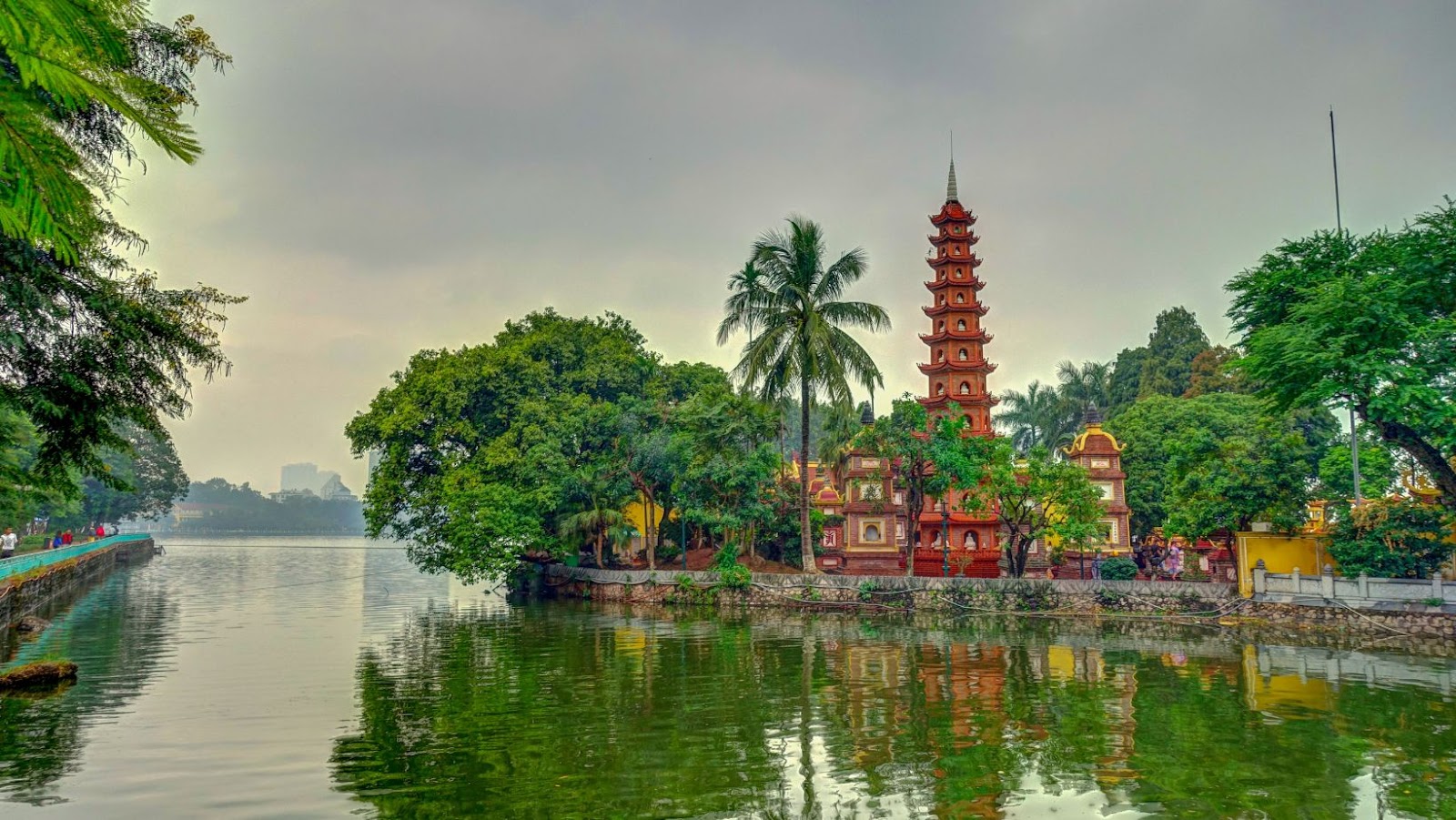Last Updated on May 2, 2023 by pm_author_91ksj
To explore the wonders of Tokyo, immerse yourself in its culture and attractions. Discover The Imperial Palace, Senso-ji Temple, Meiji Shrine, Tsukiji Fish Market, and Shibuya Crossing as must-see landmarks. These sub-sections provide a taste of Tokyo’s historical, spiritual, and culinary landscape, as well as its bustling energy and modern pop culture.
The Imperial Palace
Nestled in the heart of Tokyo lies a majestic abode, which serves as the official residence of Japan’s Emperor. The Imperial Palace exudes grandeur and an illustrious history that dates back to the Edo period. Its sprawling architecture comprises ancient fortresses, serene gardens, and stone bridges that witness its rich cultural heritage.
As you bask in its serene ambiance, visiting the Imperial Palace offers a unique opportunity to experience traditional Japanese culture. Unleash your inner artist with their watercolor painting workshops or witness a tea ceremony firsthand – either way, it’ll also give you insights about their customs and traditions.
For those who love nature, you can take respite under the refreshing shade of plum trees that adorn the East Gardens, or marvel at the blooming cherry blossoms during springtime. Amongst other highlights are the Ninomaru Garden Pond teeming with koi fish and Yoshino Cherry Trees that offer spectacular views when they blossom.
With so much to see and discover within its walls, missing out on a chance to explore The Imperial Palace would be an unfortunate mistake. A visit is all it takes to unravel its rich historical tapestry and add a lasting memory to their travels.
When it comes to Senso-ji Temple, the only thing more impressive than its grandeur is the amount of people taking selfies in front of it.
Senso-ji Temple
The ancient Buddhist temple in Asakusa, famous for its vibrant and lively Nakamise-dori shopping street, can be found following the iconic Kaminarimon gate. This cultural landmark, Senso-ji Temple, is Tokyo’s oldest and most visited temple. The temple’s grand hall features a Buddhist statue and fine craftsmanship from the Edo era, while visitors can purify themselves with a cleansing ritual before offering their prayers.
As you wander through the temple grounds, you will see many attractive sights, including gorgeous designed gates, tranquil gardens with water features and vividly colored shrine buildings. In addition, visitors interested in Japanese culture can learn about traditional practices such as omikuji fortune-telling slips and paying respects to bodhisattvas during their visit to this revered site.
Furthermore, it is important to note that Senso-ji Temple hosts numerous exciting events throughout the year such as the Sanja Matsuri festival in May and draws millions of visitors annually. Exploring this enchanting Tokyo wonder, you’ll experience a fascinating journey of traditions, beauty and serenity.
Pro Tip: Do not miss out on tasting some of Japan’s famous street food at Nakamise-Dori after you visit the temple!
Visiting Meiji Shrine? Don’t forget to make a wish, or as I call it, ‘gambling with the universe’.
Meiji Shrine
A shrine dedicated to Emperor Meiji lies in the heart of Tokyo’s Shibuya district. Surrounded by sprawling forests, this NLP Semantic gem is a national monument representing Japan’s past and progressive cultural heritage. Visitors can stroll through its tranquil gardens and admire beautiful art and architecture, including massive torii gates made from towering cypress trees.
If you’re a fan of seafood, Tsukiji Fish Market will be your Tokyo mecca – just don’t expect any singing crabs or talking fish.
Tsukiji Fish Market
At the bustling market of Tsukiji, buyers and sellers from around the world convene to trade some of the freshest seafood on the planet. Here, one can find diverse aquatic delicacies such as tuna, octopus, sea urchin, and many more.
Location
Chuo City, Tokyo
Opening Hours
Varies by store (typically around 5:00am-2:00pm)
Specialty
Fresh seafood and sushi
It’s worth mentioning that the market’s customers are mostly residents and restaurant owners who come early in the morning for the freshest catches. In addition to fresh seafood stalls, shops offer kitchen knives, seaweed, cookware and restaurant equipment.
Visiting this iconic market can be overwhelming for first-time guests. To make the most of your trip here, arriving early in the morning to avoid crowds and witness live auctions is advisable. Additionally, wearing comfortable shoes is highly recommended as walking through this vast market can be exhausting.
Joining the crowds at Shibuya Crossing is like being a small fish caught in a current of scruffy hipsters and determined salarymen.
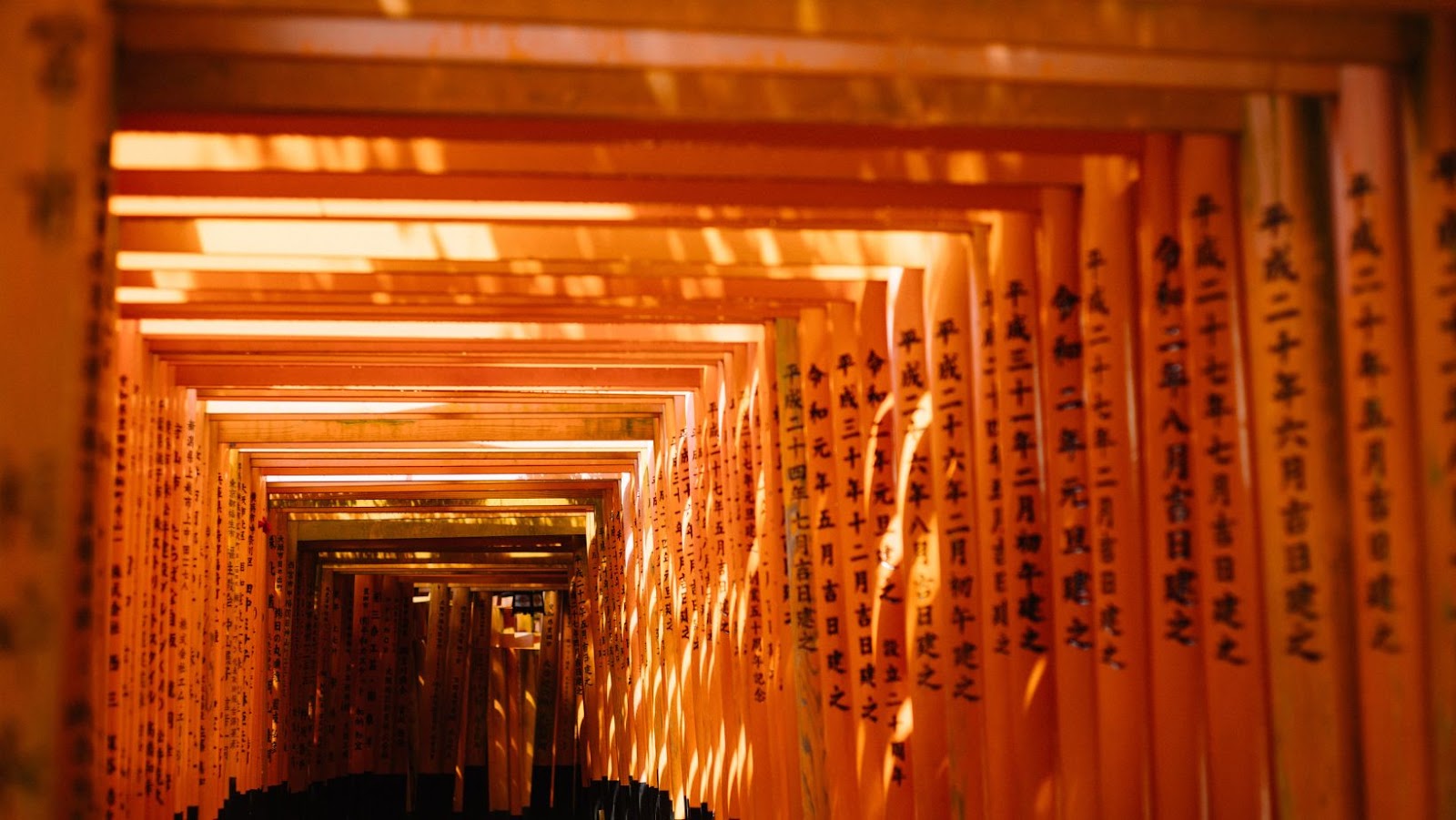
Shibuya Crossing
The famed scramble intersection, a bustling hub in the iconic Shibuya district of Tokyo, attracts millions of visitors yearly. It symbolizes Japanese modernity and organizational flow, leaving you in awe with its sea of humanity. Pedestrians from diverse backgrounds crowd to wait for the green light to cross; when it turns red, people rush from all directions to cross in organized chaos. A must-visit spot that offers vibrant excitement 24/7.
The Shibuya Crossing’s magnificence can be fully appreciated from a bird’s eye view at the Starbucks directly across from the intersection or by navigating through the masses below. Don’t forget your camera; you’ll want to capture every moment of this picturesque experience. Amidst the fast-paced surroundings, one can find shops, restaurants and gaming arcades nearby.
Waning off its daytime glory, Shibuya crossing transforms into an illuminating spectacle as night falls upon Tokyo setting ablaze with electric billboards wrapped around buildings like ribbons creating an unforgettable atmosphere that mesmerizes all visitors.
Don’t miss out on being part of this world-famous intersection – a novel way to experience Tokyo nightlife among massive crowds and bright lights.
Kyoto might be known for its temples and shrines, but let’s not forget their delicious matcha desserts that will make you say ‘oh-cha’!
Kyoto
To explore the best of Kyoto, turn to this section on the top destinations. Discover Kinkaku-ji Temple, Fushimi Inari-taisha Shrine, Arashiyama Bamboo Grove, Nijo Castle, and the Gion District through this sub-sections. Each of these destinations offers a different glimpse into the heart of Kyoto.
Kinkaku-ji Temple
The Golden Pavilion in Kyoto is a temple renowned for its stunning architecture and scenic surroundings. The temple’s official name is Rokuon-ji, but it’s more commonly referred to as Kinkaku-ji due to the golden leaf coating on the top two floors. It was initially built as a retirement villa for shogun Ashikaga Yoshimitsu, who intended it to be a peaceful retreat.
The upper two floors of the Kinkaku-ji Temple were designed in Shirakawa-den style, and they are covered with gold leaf that shines in the sunlight creating an awe-inspiring appearance. The lower floor is palace-style, featuring sliding doors of rare cypress wood and lavish interiors with ornate art pieces. Kinkaku-ji became a Zen Buddhist temple after Yoshimitsu passed away.
The beautifully maintained gardens surrounding the temple allow visitors to enjoy different views of Golden Pavilion at various angles. A small rocky island sits at one end of a calm pond while lush trees provide shade during hot summers.
According to legend, the first structure was burned down by an arsonist monk in 1950; however, it was later rebuilt to its former glory using the original blueprints held at Nishi-Hongwanji University based in Kyoto city. Despite its turbulent past, this incredible historic landmark shines brightly today attracting thousands of visitors every year eager to appreciate its unique aesthetics rooted in Japanese culture and heritage.
Aside from the endless rows of torii gates, visiting Fushimi Inari-taisha Shrine is also a great way to get your daily dose of leg day.
Fushimi Inari-taisha Shrine
This sacred sanctuary is dedicated to Inari, the Shinto god of rice and fertility. Famed for its
thousands of vermilion torii gates that snake through Mount Inari, the Fushimi Inari-taisha Shrine is a popular pilgrimage site and one of Japan’s most famous landmarks. Visitors can discover traditional shrines and offerings made by worshippers to seek blessings and good fortune.
The premises are open 24/7, providing ample time for visitors to explore the divine landscape on foot. Climbing up the mountain takes around three hours; thus, carrying light backpacks and enough water is advisable. The path offers an escape from Koyto’s urban hustle, surrounded by lush greenery, tranquil streams, and majestic views over the city below.
Fushimi Inari-taisha Shrine holds annual festivals like New Year’s-day prayers (Hatsumode), which draws thousands of people each year. In addition, donations to upkeep buildings offer a chance to participate in temple activities or receive a blessing from a priest.
To experience Kyoto’s local customs fully, one can volunteer at one of the facilities within the site or attend prayer sessions conducted at multiple venues throughout the day. Dress appropriately while visiting shrines in Japan; avoid revealing outfits if possible. It is also customary to bow once after offering or paying respects.
The Arashiyama Bamboo Grove: where you can get lost in nature and pretend you’re the world’s tallest panda.
Arashiyama Bamboo Grove
A stunning natural wonder, the towering groves of swaying bamboo in the Arashiyama district of Kyoto delight visitors with their serene beauty. The mesmerizing sight offers a unique sensory experience as the rustling leaves and delicate canes create a calming atmosphere. As one of the top attractions in Kyoto, this picturesque location is perfect for relaxing walks and taking memorable photos.
The Arashiyama Bamboo Grove is significant to Japanese culture, representing strength, adaptability, and purity. Visitors to the area can learn about traditional methods of handling bamboo and witness local craftsmen at work. If you’re planning a trip to Kyoto, don’t miss this sublime destination that provides both natural beauty and cultural richness.
Did you know? The Arashiyama Bamboo Grove was designated one of Japan’s National Historic Sites in 1994.
Kyoto may be known for its ancient temples and beautiful gardens, but Nijo Castle is where you feel like a true ninja (or admire some impressive defensive architecture).
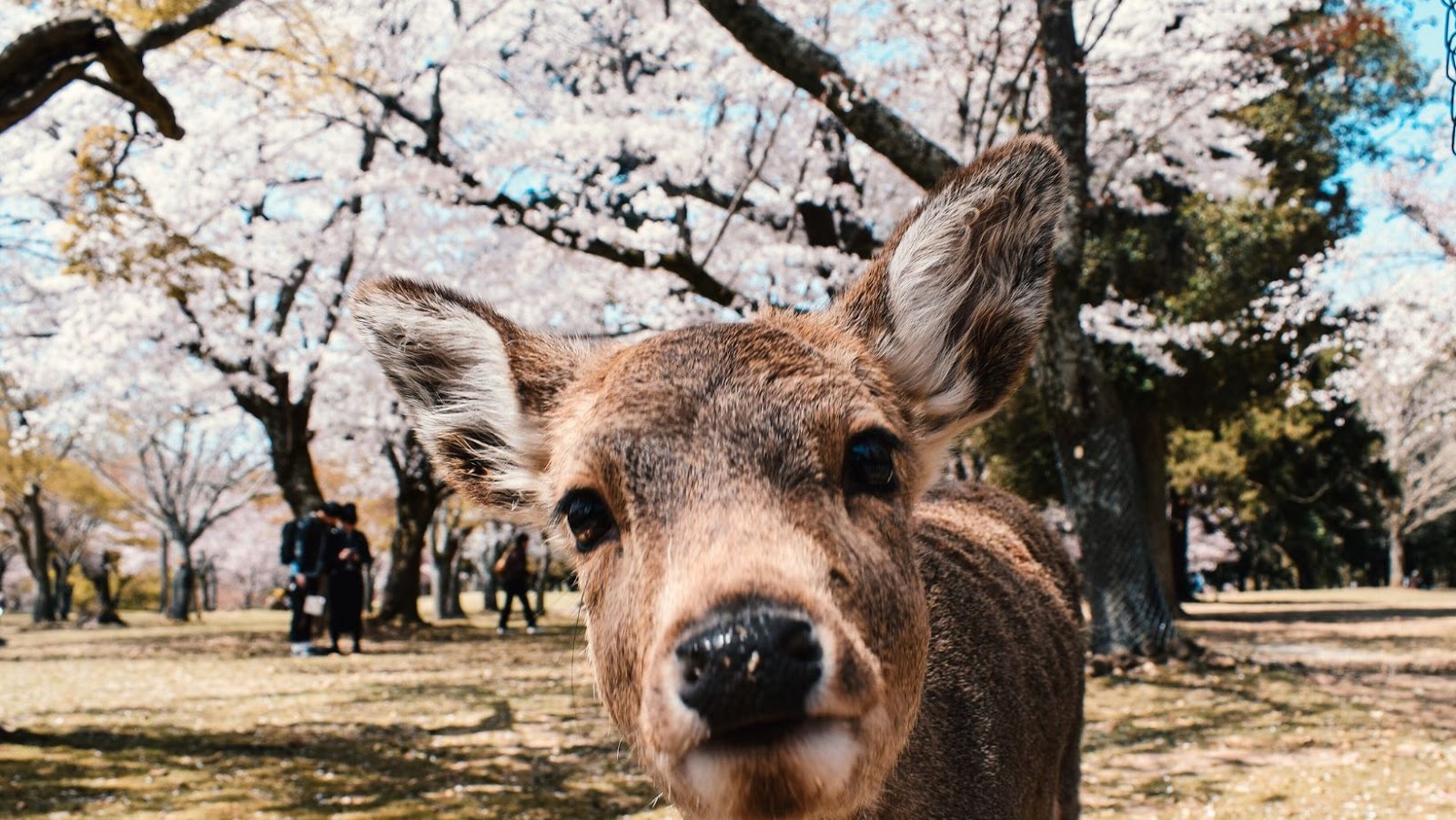
Nijo Castle
Nijo Palace, the majestic palace in Kyoto, Japan, was built in 1603 and served as the Shogun’s official residence. With its exquisite architecture, surrounded by lush greenery and moats, it is a sight to behold.
Age
417 years old
Address
Nijōchō, Nakagyō-ku, Kyoto, 604-8301, Japan
Construction Started
1601 CE
Construction Completed
1626 CE
Architectural Styles
Momoyama style architecture
Edo Kiritsu Isho-no-ma style architecture
Karamon & Hachiman-zukuri style entrance gates
Interestingly the floors have a unique feature: the “nightingale floors” are designed to make a sound reminiscent of singing birds when stepped on as an alert system!
At Nijo Palace during sunset one day while admiring the phenomenal view of Mount Fuji through the Bentendo’s window screens, I couldn’t help thinking how inspiring this palace must have been in its heyday and continues to captivate us today.
Get ready to be transported back in time in Gion District, where geishas and tourists mingle and the past meets the present.
Gion District
The district famous for traditional ‘ochaya’ teahouses and preservation of Japanese architecture can be found in the southern Higashiyama area. Tourists will surely glimpse authentic geisha culture amidst the narrow, stone-paved streets. The Gion District is known for its stunning Hanami-koji street with historic tea houses offering delicious local cuisine.
Exploring Gion’s shops, galleries, and theatres may lead visitors to the magnificently restored Kennin-ji Temple or Yasaka Shrine. This area is also home to the popular festival Gion Matsuri where visitors can witness grand street parades while indulging in traditional delights such as Takoyaki and Yakitori.
Gion District is a haven for all cultural enthusiasts who appreciate craftsmanship, artistry and devotion. We recommend enjoying an evening stroll in Gion wearing a kimono that can be rented from nearby stores. Take your time, soak in the ambience, visit the quiet alleyways and immerse yourself in Kyoto’s rich history and traditions.
“I used to think Osaka was just a knock-off Tokyo, but then I realized it’s more like the wild younger sibling who knows how to party.”
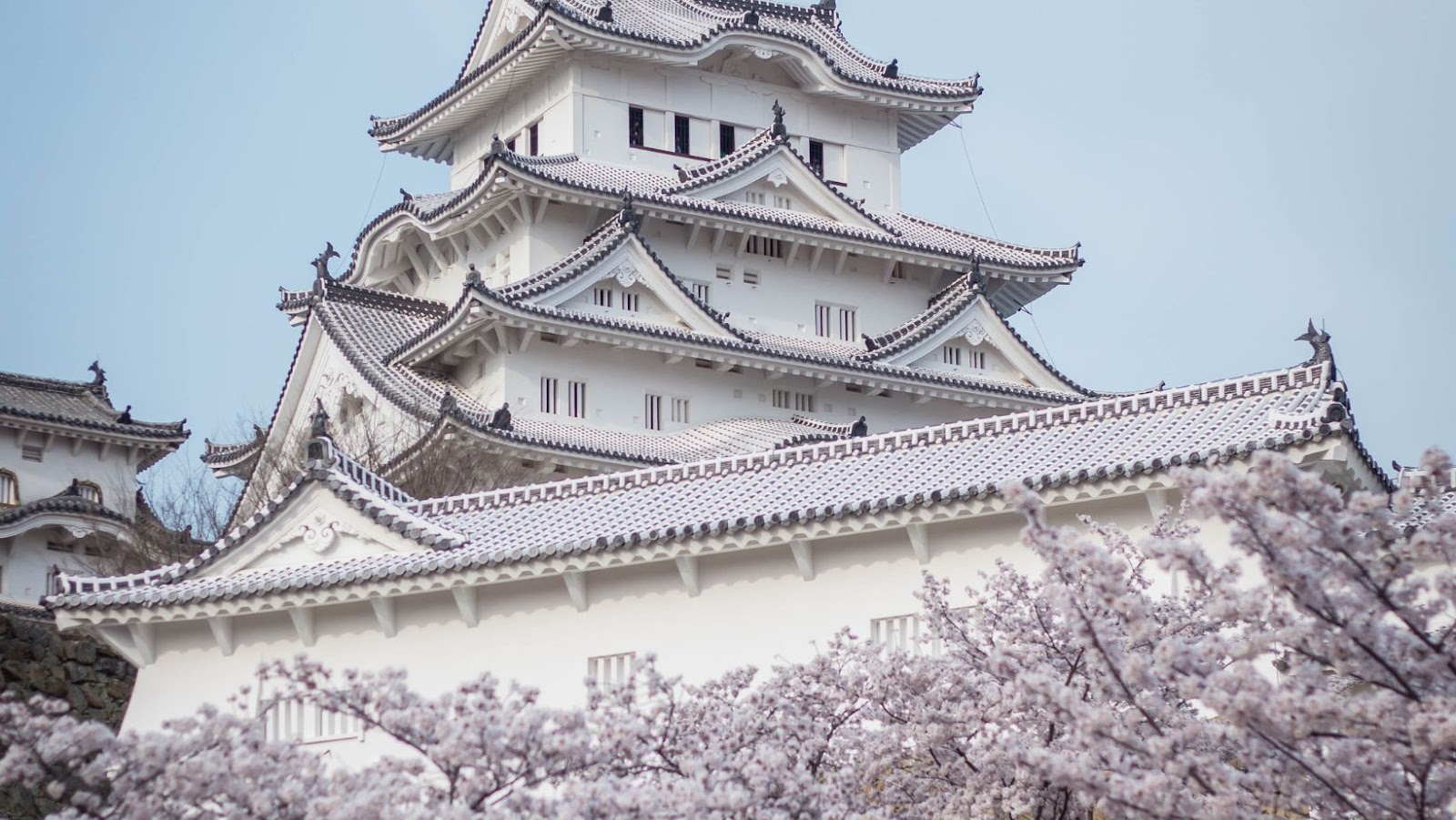
阿武山中学校 広瀬すず
To explore Osaka’s vibrant culture, architecture, and cuisine, focus on the top attractions. The city’s highlights are Osaka Castle, Dotonbori District, Umeda Sky Building, Shitenno-ji Temple, and Kuromon Ichiba Market. Each sub-section offers unique experiences that capture the essence of Osaka.
Osaka Castle
One of the most prominent landmarks in Osaka is an ancient fortification that has become one of Japan’s most famous castles. This impressive structure, known as the ‘Citadel of Osaka,’ was originally built in 1583 and underwent several renovations over the centuries.
The castle complex covers a vast area, including various buildings, gates, bridges, towers, and gardens. The central keep (Donjon) stands sixty meters high and offers stunning views of the city and surrounding areas. In addition, visitors can explore the castle’s interior, which houses exhibits showcasing the region’s cultural heritage.
One unique aspect of this castle is its role in Japanese history. It played a crucial part in battles fought during Japan’s unification period under Toyotomi Hideyoshi and later served as a site for important political events. In modern times, it has become a popular tourist attraction hosting cultural events such as concerts and festivals.
Visitors should immerse themselves in Japanese culture to fully appreciate Osaka Castle by enjoying traditional tea ceremonies or trying on Samurai armor costumes. It is also highly recommended to visit during Cherry Blossom season when the entire area transforms into an enchanting pink paradise.
Overall, Osaka Castle continues to symbolize Japan’s vibrant history while serving as a hub for cultural exchange between locals and tourists alike.
Prepare to get lost in the neon jungle of Dotonbori, where the food is hot, the nightlife is hotter, and the selfies are abundant.
Dotonbori District
Immerse yourself in the vibrant and colorful area known for its fantastic food, shopping and entertainment. The Dotonbori District is a must-visit destination for tourists looking to experience the captivating energy of Osaka. This area has various restaurants serving local cuisine like takoyaki and okonomiyaki. In addition, the bustling streets are lined with dazzling signs and billboards making it a popular spot for photographs.
Be sure to visit the iconic Glico Running Man sign, which has become synonymous with this district. With its rich history that dates back to 1612 and plenty of outdoor activities, visitors can explore popular landmarks such as Hozenji Temple, Kinryu-no-Mai dragon’s head sculpture, and Ebisu Bridge during their visit.
Pro Tip: If you plan on visiting the Dotonbori District at night, consider wearing comfortable shoes as walking is often quicker than public transportation.
Get a stunning bird’s-eye view of Osaka from the Umeda Sky Building, because sometimes it’s just easier to pretend you’re a giant looking down at all the tiny humans below.
Umeda Sky Building
High above Osaka’s vibrant and bustling city stands a towering skyscraper, offering breathtaking views and world-class amenities. The soaring structure, the Sky Building in Umeda, comprises two identical towers connected by an awe-inspiring observation deck. From the floating garden observatory, visitors can feast their eyes on panoramic vistas of the cityscape, dine at several exceptional restaurants, shop boutiques, and enjoy a variety of cultural exhibitions.
Inside the spectacular complex lies an innovative architectural wonder anchored by an extraordinary double-helix design staircase, manifesting a surreal yet harmonious ambiance throughout the building. Besides its splendid interior decor executed with meticulous attention to detail and top-notch finishes, it also harbors several offices belonging to major corporations.
For architecture enthusiasts, the Umeda Sky Building is a marvel in structural engineering that has garnered international recognition for its unique conception. One such feat was its inclusion in National Geographic’s “The 10 Best Views In The World” list.
Pro Tip: For a truly astonishing view of Osaka city at sunset or nightfall, time your visit accordingly to catch brilliant hues against the glistening skyscrapers below.

